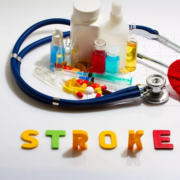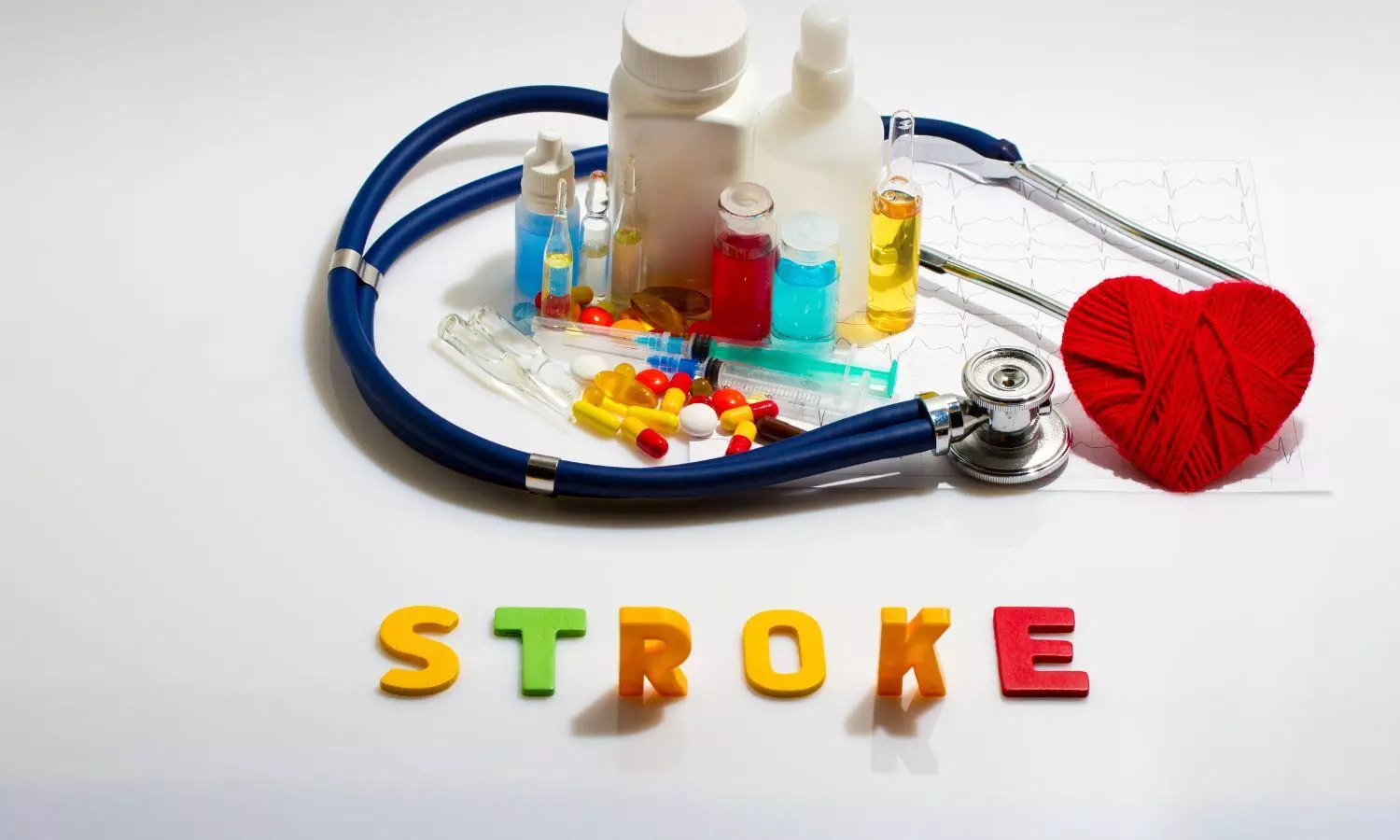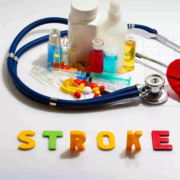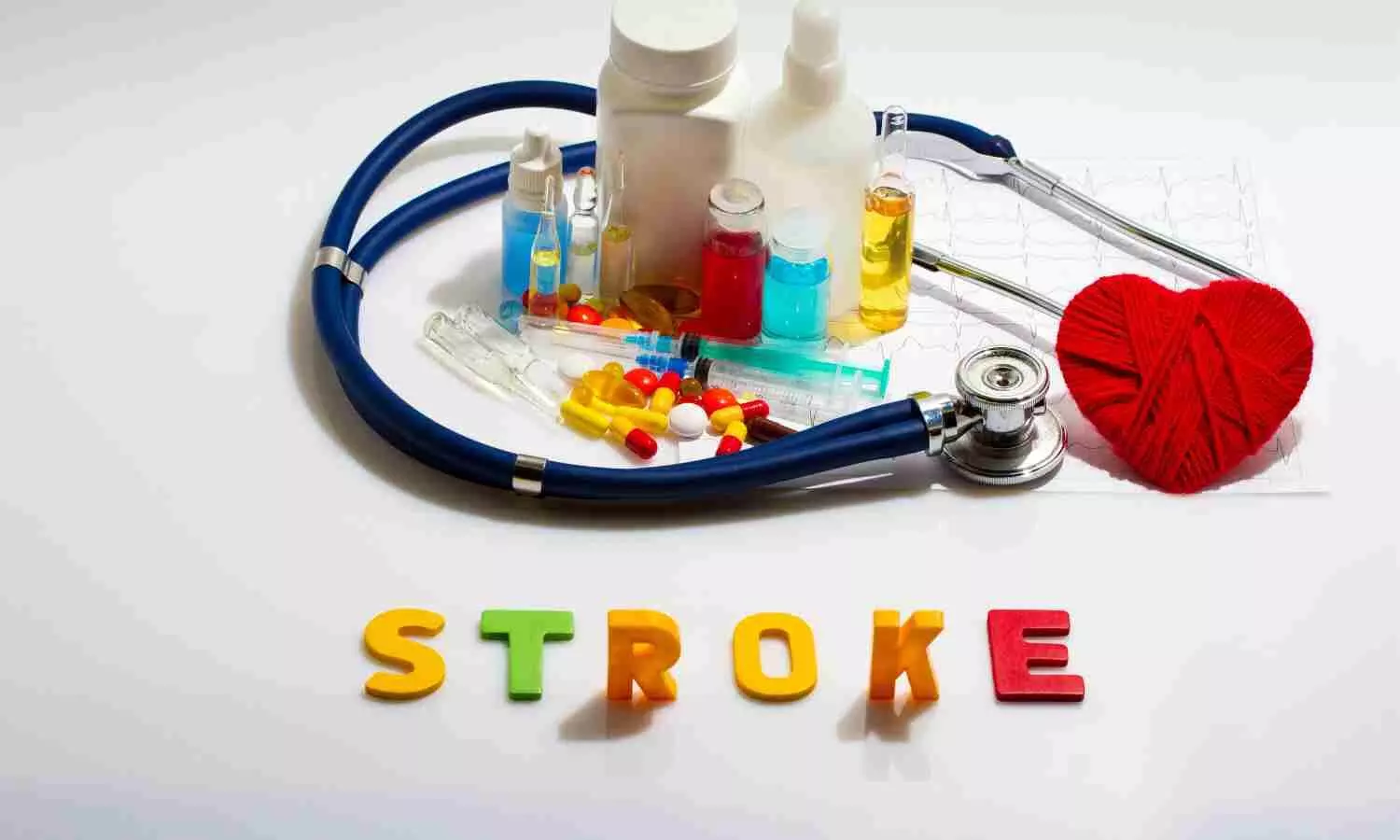Biocon Biologics Yesafili gets Health Canada nod for eye diseases

Bengaluru: Biocon Biologics Ltd., a fully integrated global biosimilars company and a subsidiary of Biocon Ltd., has announced that Health Canada has granted a
Notice of Compliance (NOC) for Yesafili (aflibercept), a biosimilar to Eylea (aflibercept) injection,
in vial and prefilled syringe presentations, 2 mg/0.05 mL on June 26, 2025.
This approval paves the
way for the launch of YESAFILI in Canada, scheduled for July 4, 2025.
YESAFILI is the first biosimilar to
EYLEA to be approved by Health Canada.
YESAFILI is a vascular endothelial growth factor (VEGF) inhibitor indicated for the treatment of:
• Neovascular (wet) age-related macular degeneration (AMD)
• Visual impairment due to macular edema secondary to central retinal vein occlusion (CRVO)
• Visual impairment due to macular edema secondary to branch retinal vein occlusion (BRVO)
• Diabetic macular edema (DME)
• Myopic choroidal neovascularization (myopic CNV)
The approval is based on a comprehensive package of analytical, nonclinical, and clinical data,
confirming that YESAFILI is highly similar with no clinically meaningful differences to EYLEA in terms
of quality, safety, and efficacy.
Shreehas Tambe, CEO & Managing Director, Biocon Biologics Ltd., said, “The approval of YESAFILI by
Health Canada—the first biosimilar to EYLEA in Canada—is a proud moment for Biocon Biologics.
We are excited that in July, Canada will be the first country where we will launch YESAFILI, making it
our 10th biosimilar to be commercialized worldwide. This milestone reflects our science-driven
innovation, global commercialization strength, and continued commitment to expanding access to
high-quality, affordable biologics for patients across the globe.”
Ramy Ayad, Head of Canada at Biocon Biologics, stated, “This is a significant achievement for Biocon
Biologics in Canada. With the approval of YESAFILI, we are delivering on our promise to improve access
to advanced biologic therapies. Canadian ophthalmologists and patients will soon have a high-quality,
affordable biosimilar option for serious retinal diseases.”
Read also: Biocon Gets CDSCO Panel Nod to Market Trastuzumab PGS in India
Powered by WPeMatico



















